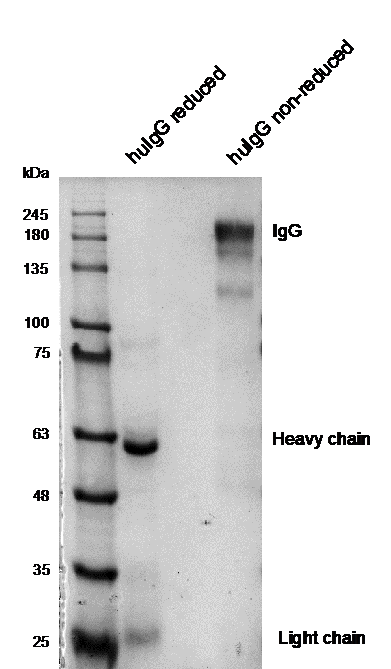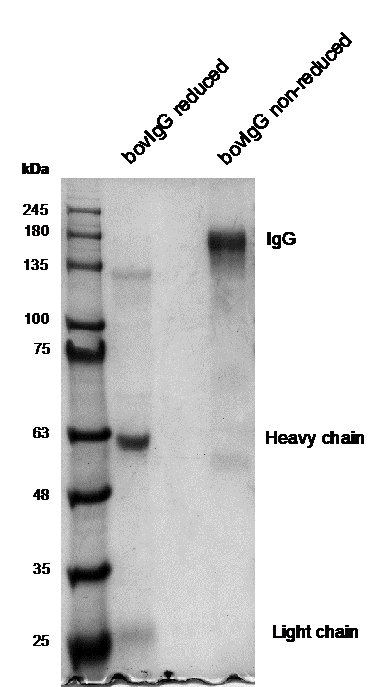
Cat. #156478
Anti-VGLUT1 (Rabbit)
Cat. #: 156478
Sub-type: Primary antibody
Unit size: 100 ug
Target: C-terminus VGLUT1
Class: Polyclonal
Application: IHC ; WB
Reactivity: Mouse ; Rat
Host: Rabbit
£300.00
This fee is applicable only for non-profit organisations. If you are a for-profit organisation or a researcher working on commercially-sponsored academic research, you will need to contact our licensing team for a commercial use license.
Contributor
Inventor: Jeffrey Erickson
Institute: Louisiana University Health Sciences Center New Orleans (LSU)
Tool Details
*FOR RESEARCH USE ONLY (for other uses, please contact the licensing team)
- Name: Anti-VGLUT1 (Rabbit)
- Research fields: Neurobiology
- Tool sub type: Primary antibody
- Class: Polyclonal
- Purpose: Marker
- Conjugation: Unconjugated
- Reactivity: Mouse ; Rat
- Host: Rabbit
- Application: IHC ; WB
- Description: Vesicular glutamate transport protein 1 (VGLUT1) is the predominant transporter in adult pyramidal neurons. VGLUT1 transports glutamate into excitatory vesicles and may regulate synaptic transmission by facilitating the functional dynamic range of glutamatergic synapses.
- Immunogen: C-terminus of VGLUT1 (GST-fusion protein)
- Immunogen uniprot id: VGLU2_HUMAN
Target Details
- Target: C-terminus VGLUT1
- Tissue cell line specificity: Guinea Pig
- Target background: Vesicular glutamate transport protein 1 (VGLUT1) is the predominant transporter in adult pyramidal neurons. VGLUT1 transports glutamate into excitatory vesicles and may regulate synaptic transmission by facilitating the Fn dynamic range of glutamatergic synapses.
Applications
- Application: IHC ; WB
Handling
- Format: Liquid
- Unit size: 100 ug
- Shipping conditions: Shipping at 4° C
References
- De Gois et al. 2005. J Neurosci. 25(31):7121-33. PMID: 16079394.
- Wilson et al. 2005. J Neurosci. 25(26):6221-34. PMID: 15987952.
- Varoqui et al. 2002. Biochem Biophys Res Commun. 290(3):903-8. PMID: 11798158.



